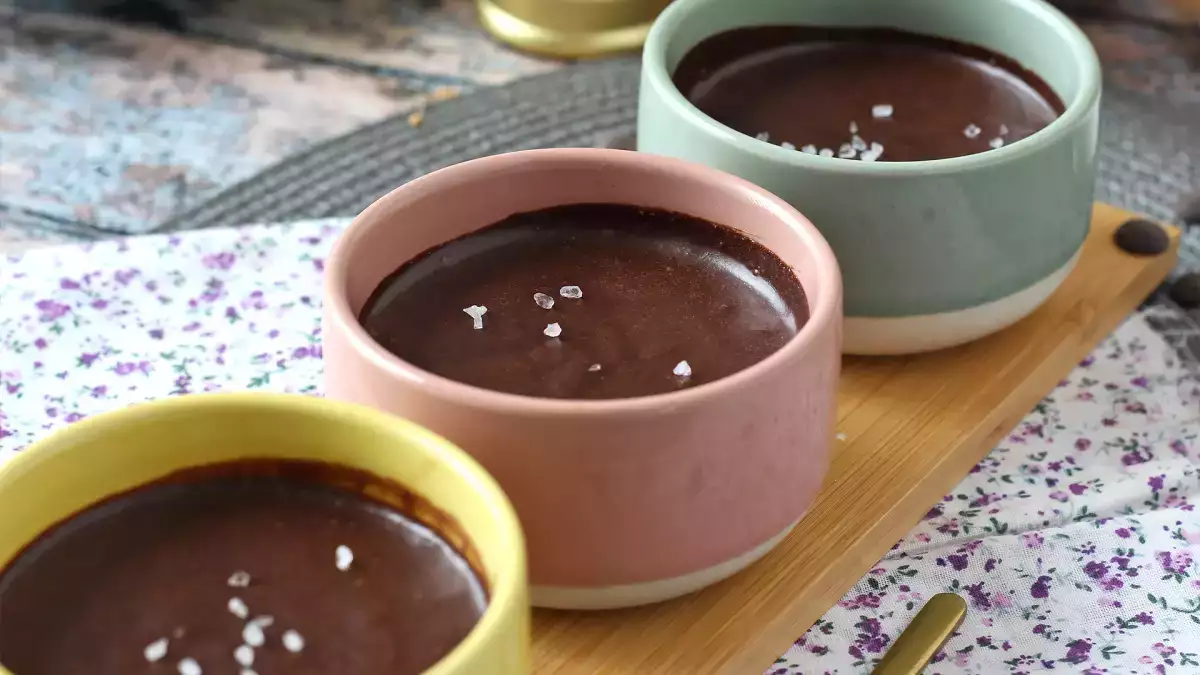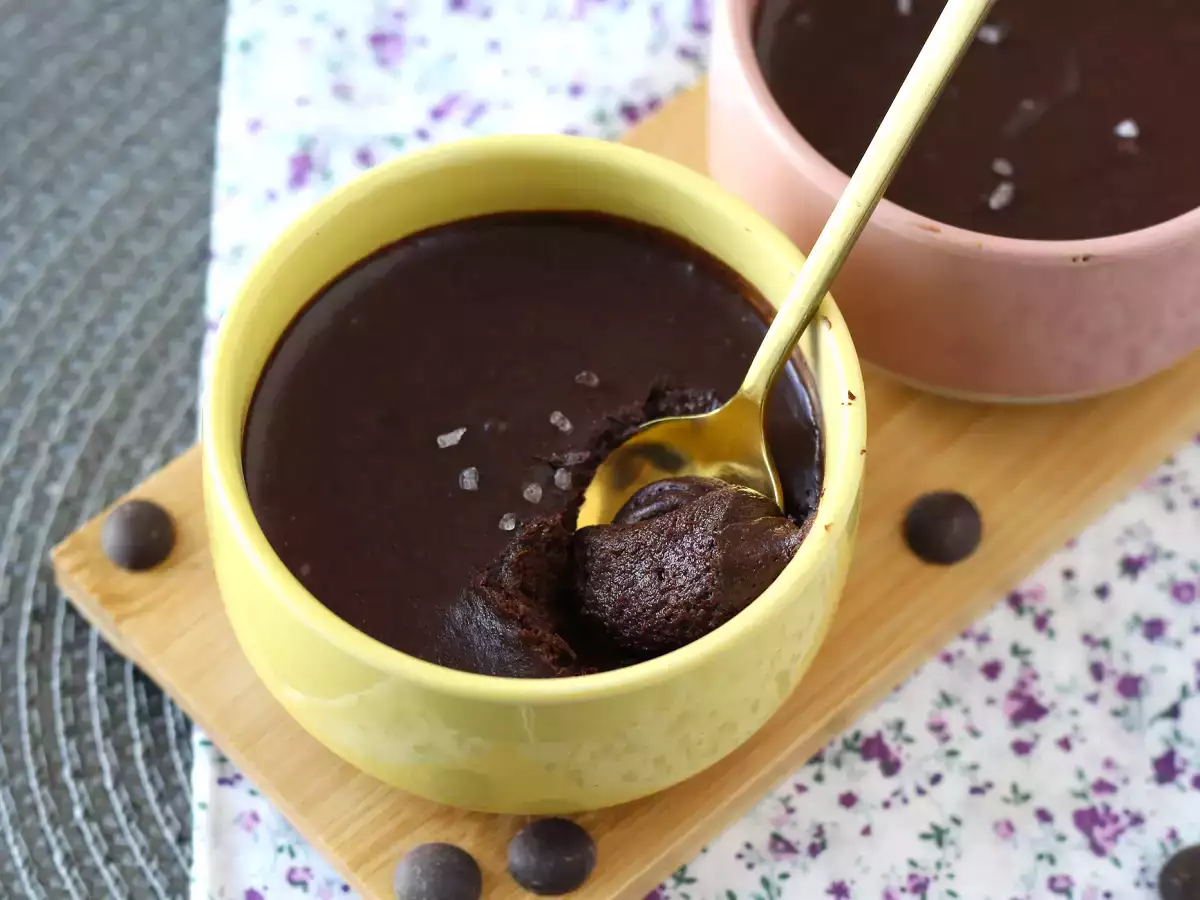Think Salt Has No Place in Dessert? Think Again

When one thinks of pastry, ingredients like sugar, flour, eggs, butter, vanilla come immediately to mind... but what about salt? Yet in professional laboratories and enthusiasts' kitchens, salt is a key ally in even the sweetest preparations. This is neither a mistake nor a negligible detail, but a precise choice that can turn a good dessert into a truly unforgettable one.
In this article you will discover why salt is essential in desserts, how to dose it correctly, which varieties to prefer, and in which recipes it really makes a difference.
Salt in desserts: an invisible but essential ingredient
Contrary to what you may think, salt is not only used to flavor savory dishes, in baking it plays a key role in balancing flavors. It does not make desserts savory, but it enhances the sweetness by bringing out the flavors, improves the texture and also prolongs the shelf life.
Chef Pierre Hermé, an absolute master of French pastry, said in Le Monde that "Salt is like an invisible conductor: you can't see it, but it drives everything." And that's exactly right: without salt, many desserts would turn out flat and monotonous.
5 reasons why salt is essential in desserts
1. Enhances natural sweetness
It may seem like nonsense, but a pinch of salt makes sweets even sweeter. Sodium stimulates the taste buds, making them perceive sugar better without having to increase the amount.
2. It balances the flavors
Salt tones down excessive sweetness and harmonizes flavors, preventing desserts from being cloying. Perfect for those desserts that would otherwise "tire" the palate.
3. Amplifies flavors
Acts as a natural taste enhancer: vanilla, chocolate, dried fruit and citrus fruits are more intense and recognizable.
4. Improves the texture of the dough
n many baking recipes, salt helps strengthen gluten, improving texture and making dough more uniform.
5. Helps with preservation
Because of its mild antimicrobial effect, salt helps keep cakes fresh longer, especially homemade cakes without preservatives.
The different types of salt in pastry
Each type of salt has different characteristics, and choosing the right one can give your dessert an edge:
- Fine table salt: the most common, perfect for doughs and creams.
- Whole sea salt: richer in minerals, used in rustic desserts.
- Fleur de sel (flaked salt): fine and light, ideal as a finishing touch on chocolate, caramel or cookies.
- Himalayan pink salt: used more for aesthetics and fashion than for real difference in taste.
Have you ever made a dessert with salt?
And have you ever tried to make a sweet treat with salt? If you haven't, this is the perfect opportunity to find out how a simple pinch can make all the difference. We suggest you start with an easy, quick and super yummy recipe: chocolate mousse with a pinch of salt. Its enveloping creaminess and the contrast between sweet and salty will win you over at first taste. A dessert that is simple to make, but capable of surprising even the most demanding palates. Try it and be amazed by the magic of salt in pastries!
 Eva Alberghetti
Eva Alberghetti
Comments